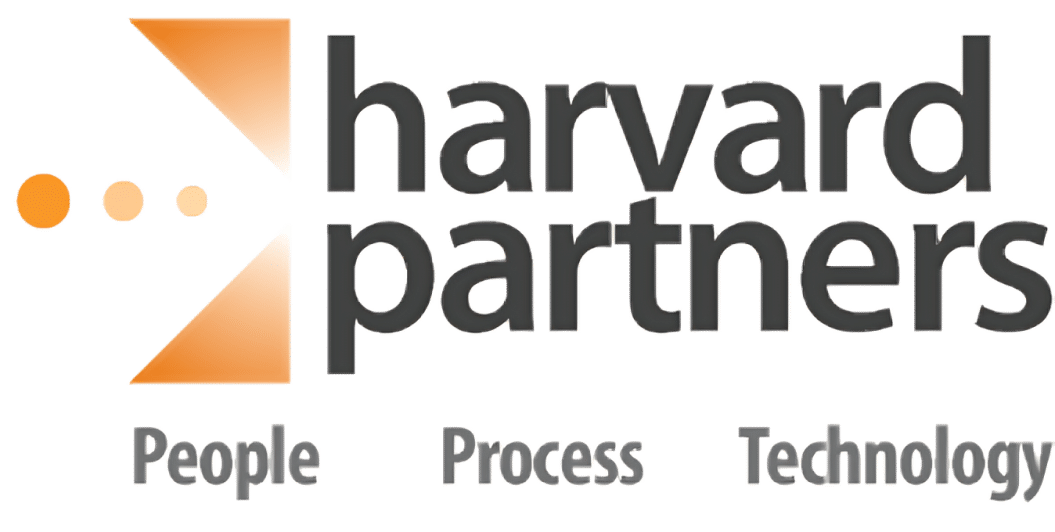
Clients get excited when starting a colocation project because they anticipate relief from managing their own datacenter. With that “dirty work” behind them they turn their attention to the latest and greatest, whizzbang, technology that the last vendor they saw paraded in front of them.
What they forget is colocation facilities have rules and processes designed to protect all tenants. These procedures can appear onerous and limiting depending on your internal procedures.
Mastering these processes prior to a migration is of the utmost importance. We have witnessed Project Managers (who learn these processes) be the ones to receive and deliver shipments, authorize entry into the datacenter, parking, coordinate vendor repair personnel, etc. Certainly, not a great use of their time and something that will need to eventually be transitioned to support staff.
We find all colocation vendors eager to train and coach new tenants. They want tenants to have positive first impressions of their facility and the processes supporting the facility. In many respects, after the “glow” of the datacenter tour wears off, it is the processes and procedures that impress customers.
Critical processes for support teams to master include:
- Where to ship equipment
- Where to find the equipment once it has been received by the colocation facility
- How to get equipment delivered to your cage/cabinets
- Where to stage equipment
- Where to dispose of cardboard/rubbish
- Where to find the server lift and ladders
- How to order a telecommunications cross-connect cable
- How to get vendors access to the facility (one-time and recurring)
- How to order “remote hands” services
- How to access the facility during off hours
- How to use the “man-trap” (where appropriate)
- Location of the loading dock
- How to get a key to your cage or how to get escorted to the cage
Many colocation customers wait until they have gone live, and something breaks, in order to learn these processes. Taking the time, early in the process, to acquire these skill makes for a smoother migration and reduces migration risk and future downtime. Learning how to integrate these processes with those of your own organization will create fluid solutions for all parties.
